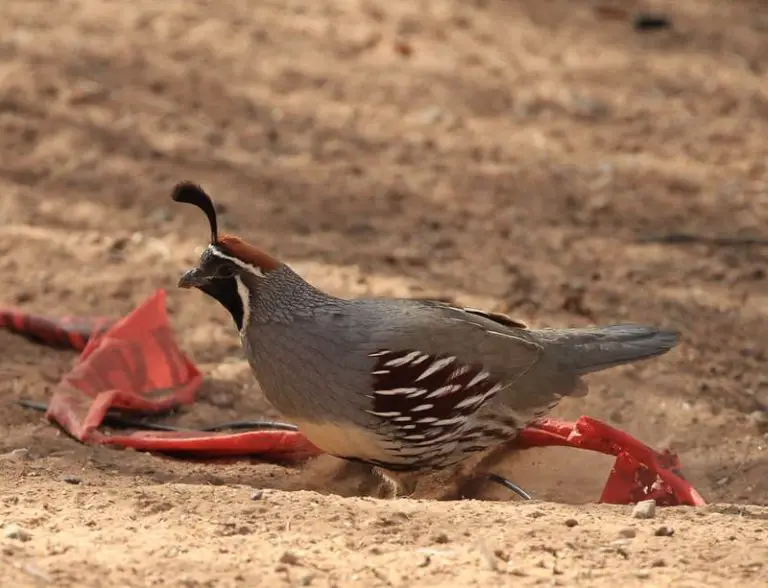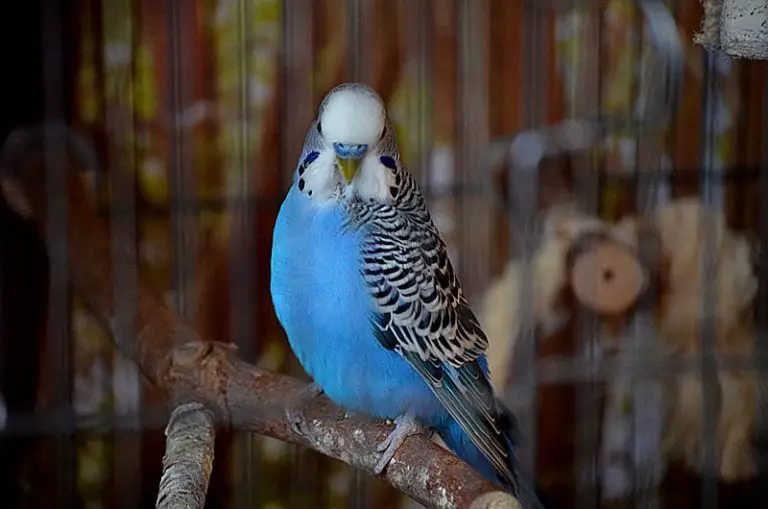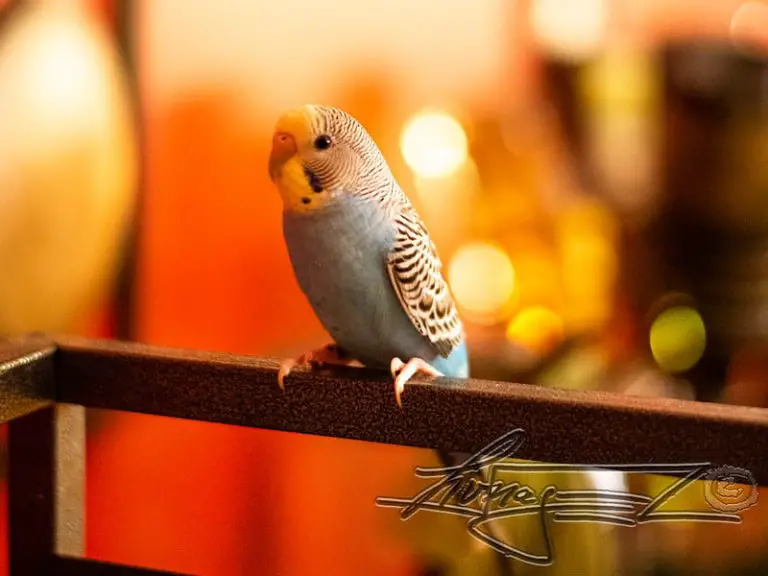8 Birds That Have Webbed Feet (With Pictures)
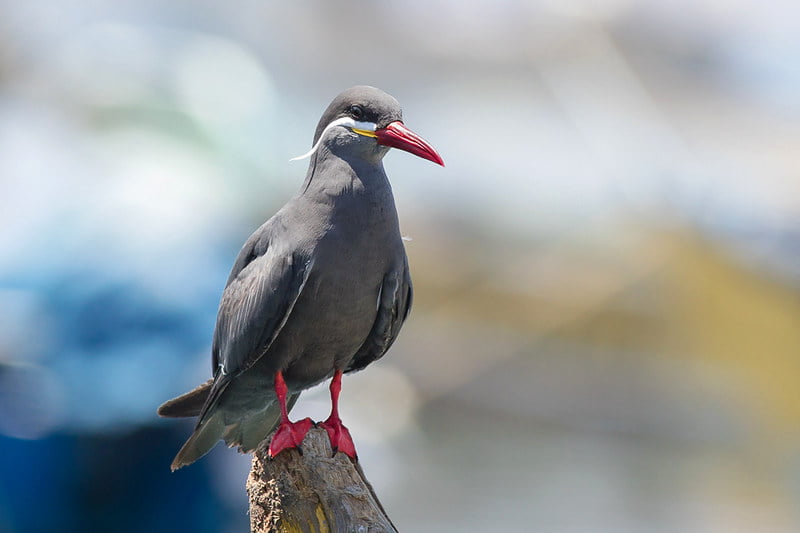
8 Birds That Have Webbed Feet
Webbed birds are semi-aquatic birds with exceptional characteristics, they can be medium to large in size, with long necks, short legs and feet with three webbed toes (joined by a membrane) that make them good swimmers, and their feathers have a special type of oil that prevents them from getting wet.
The membrane that these birds have between their toes is called an interdigital membrane, it is a kind of web that joins the fingers (hence its name), this membrane makes it easier for the birds to propel themselves in the water as if they were fish fins.
Let’s see 10 semi-aquatic birds with this special feature:
1. Ducks
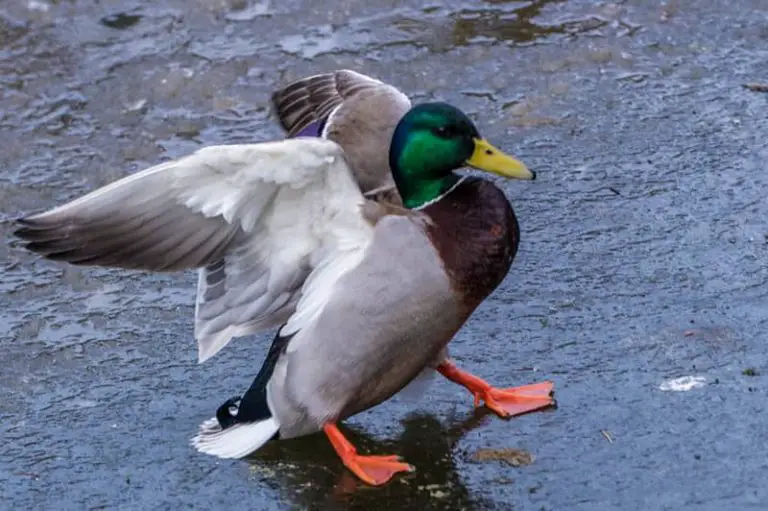
Ducks are semi-aquatic birds. They are related to geese and swans. Like these, they normally live in water, for example, a pond. What is striking about ducks is their wide beaks. A male duck is called a drake, the female is just a duck.
Swimming ducks look for their food in the water, which is called goby. They search in the mud on the ground for water insects, crustaceans or plant remains. They suck up the food with their beaks open and expel it with their beaks open. At the edge of the beak, the blades act as a filter. The lamellae are narrow, thin plates that lie in a row.
Diving ducks, on the other hand, actually dive. They stay there from half a minute to a full minute. They can reach depths of one to three meters. They also eat crustaceans and plant remains, as well as mollusks such as snails and small squids.
2. Mute Swan
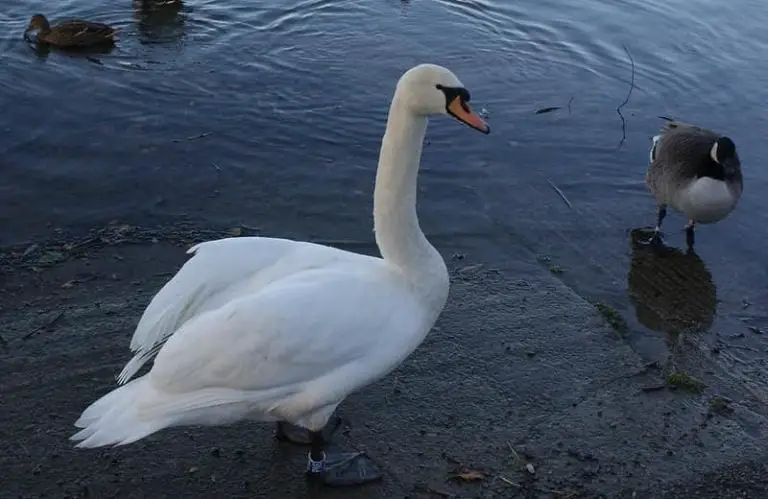
Mute swans are among the largest birds capable of flying: They are about 150 centimeters long, have a wingspan of 240 centimeters and weigh up to 13 kilograms.
Their plumage is bright white, the neck is often beige to yellowish in color. Young mute swans are gray-brown in color.
They are easy to recognize by the orange-red beak with the black tip and the hump-like bulge at the root of the beak. This hump also owes its name. In the males, it is significantly larger than in the females.
The swans have webbed feet on their gray-black to flesh-colored feet, so that they can swim skillfully and quickly on the water.
3. Gray Geese
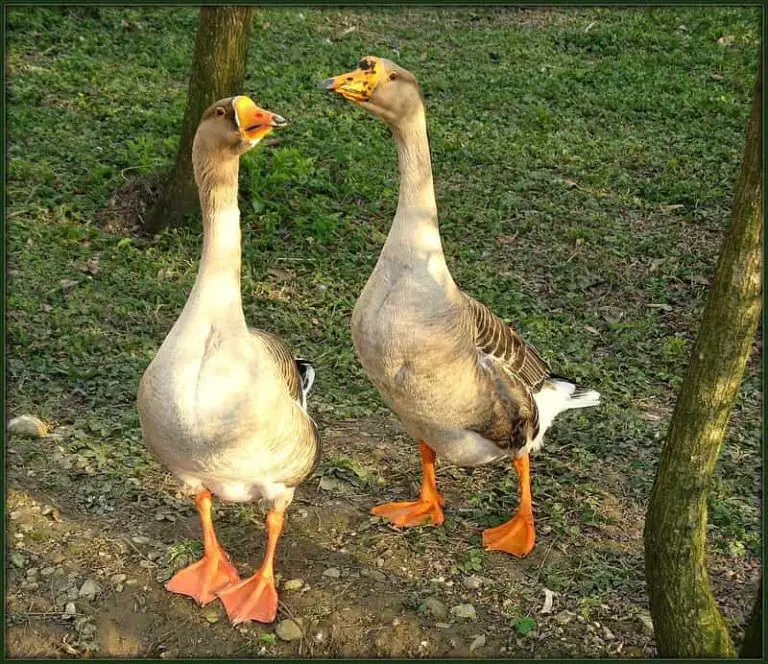
Geese are domesticated birds since ancient times, the Romans even domesticated them and considered them sacred.
Gray geese, like almost all wild geese, need a habitat with lakes and rivers that are densely surrounded by reeds, rushes or forests so that the animals can hide well when they breed.
They can also be found in marshland. It is important that they find fields and meadows near these wetlands. This is the best place to watch the gray geese when they are looking for food.
In the meantime, gray geese can also be found on lakes in parks.
Greylag geese can swim and run very well. They can also fly long distances. Although the birds are diurnal and nocturnal, their life is quite calm:They spend about half of the day searching for and eating. The other half they lie still and digest.
4. Pelicans
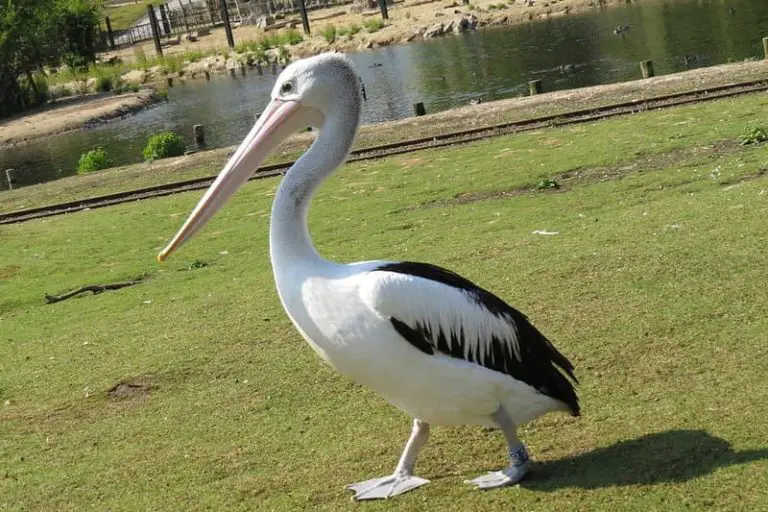
The pelican is a large water bird. It is easy to distinguish it from the rest because of its enormous beak and the large bag it carries in it. Although, it possesses other characteristics that distinguish it from the rest of the birds. Pelicans live in colonies that nest on the coasts of seas and on the banks of rivers and lakes in warm regions.
In its legs, the pelican, has 4 webbed fingers, a characteristic that it shares with the cormorants and the frigates and that is not frequent in the rest of the birds.
The pelican is a true drinking water factory. It is the only animal that counts on the capacity to take the salty water of the sea and to transform it, in its interior, in freshwater apt for its consumption.
5-The Guanay

Also known as sea duck, it is a species of suliform bird of the family Phalacrocoracidae typical of South America. It is an important producer of guano (hence its name), which is used in agriculture as fertilizer.
Its legs are pink. The juveniles have the lower parts more opaque and the upper parts of dull brown. They are gregarious animals occupying ventilated portions of an island or beach and they fly in very large flocks at a low height from the sea following schools of anchovies, sardines and machetes.
6-Piquero
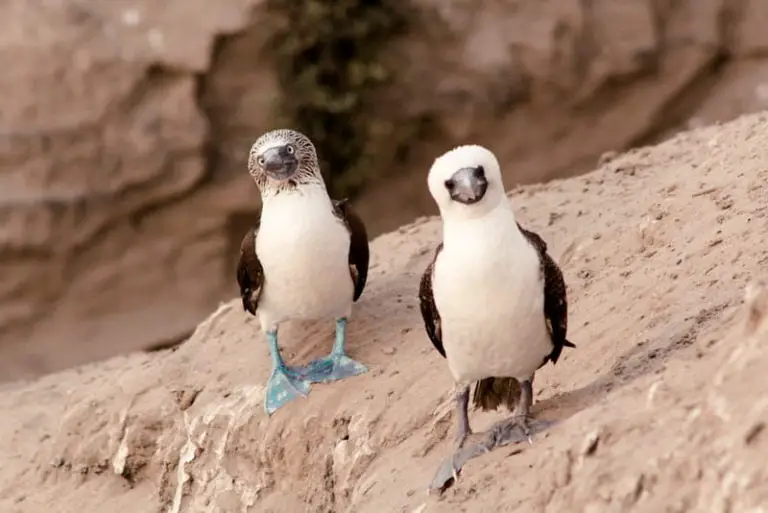
The Piquero is a webbed bird, steganopod, with a straight and pointed beak, which lives on the coasts and nearby islets forming large flocks and feeds on fish.
They are characterized as being birds of a long beak, robust necks, and short legs completely palmed. Most species of boobies are white-bodied with dark-colored wings and body. Their wings are long and pointed, with a wingspan between 1.4 and 1.8 meters. They have long, pointed beaks.
They feed on fish and squid, which they capture by swooping down from heights of up to 90 meters with their wings folded back in line with the body. They can catch fish at depths of up to 9 meters below the surface.
7-White seagull
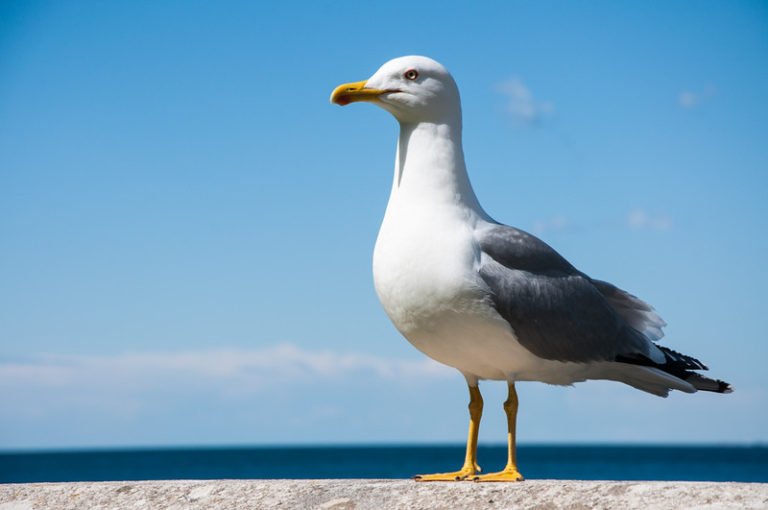
Most of these birds belong to the genus Larus. They are usually large birds, with mostly white, gray or black plumage, with black markings on their heads or wings. Their beaks are long and strong, and the size of the species is quite variable.
Gulls are typically coastal marine or inland lake and lagoon species and fly great distances. It is very typical to see these birds flying around fishing boats waiting for one or another food.
8-Zarcillo Bird
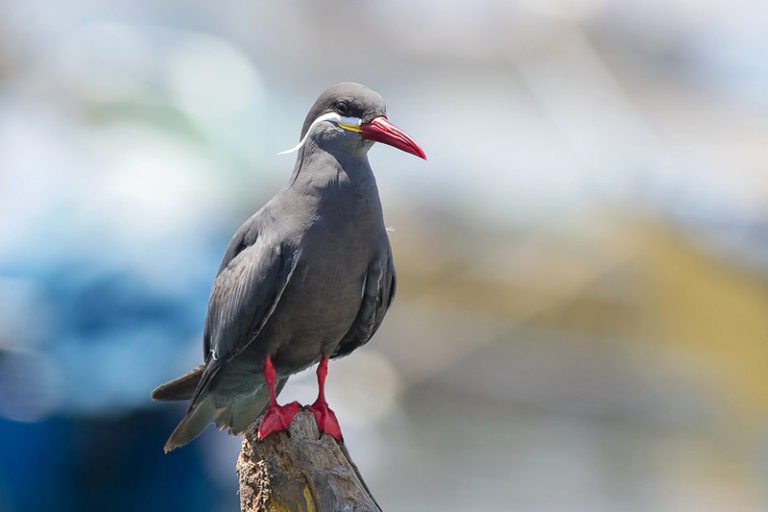
Zarcillo (Larosterna inca), also known as Tern, Qellwa, Qewayllu It is found in Peru and Chile, are sea birds the most graceful of the Peruvian coast, are differentiated by having a gray body, a white ribbon on both sides of the head, a beak and red legs.
It measures an average of 42 cm long, they feed on anchovies and other kinds of fish, they fly very high to marry their prey. They nest in the cracks of the sewers.

